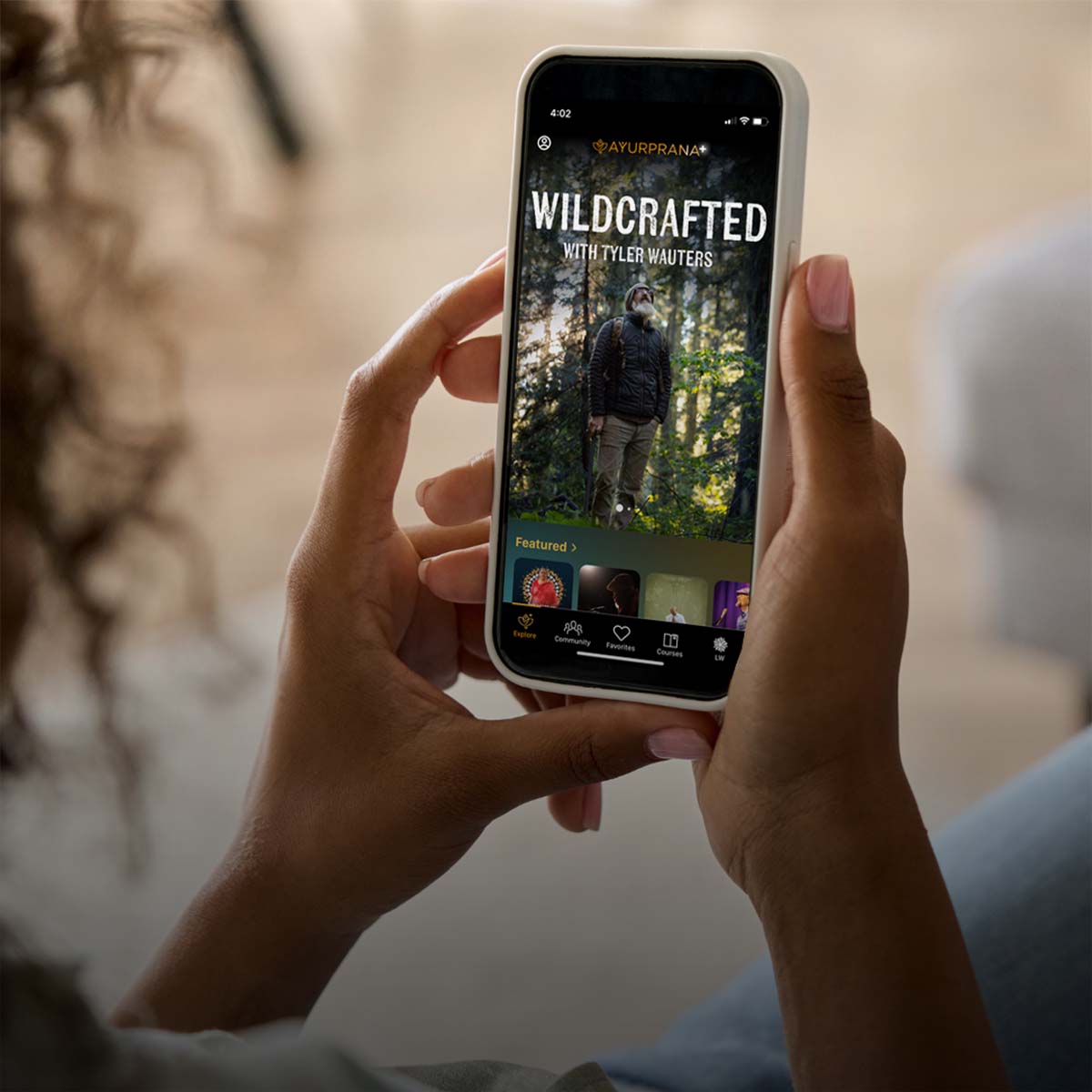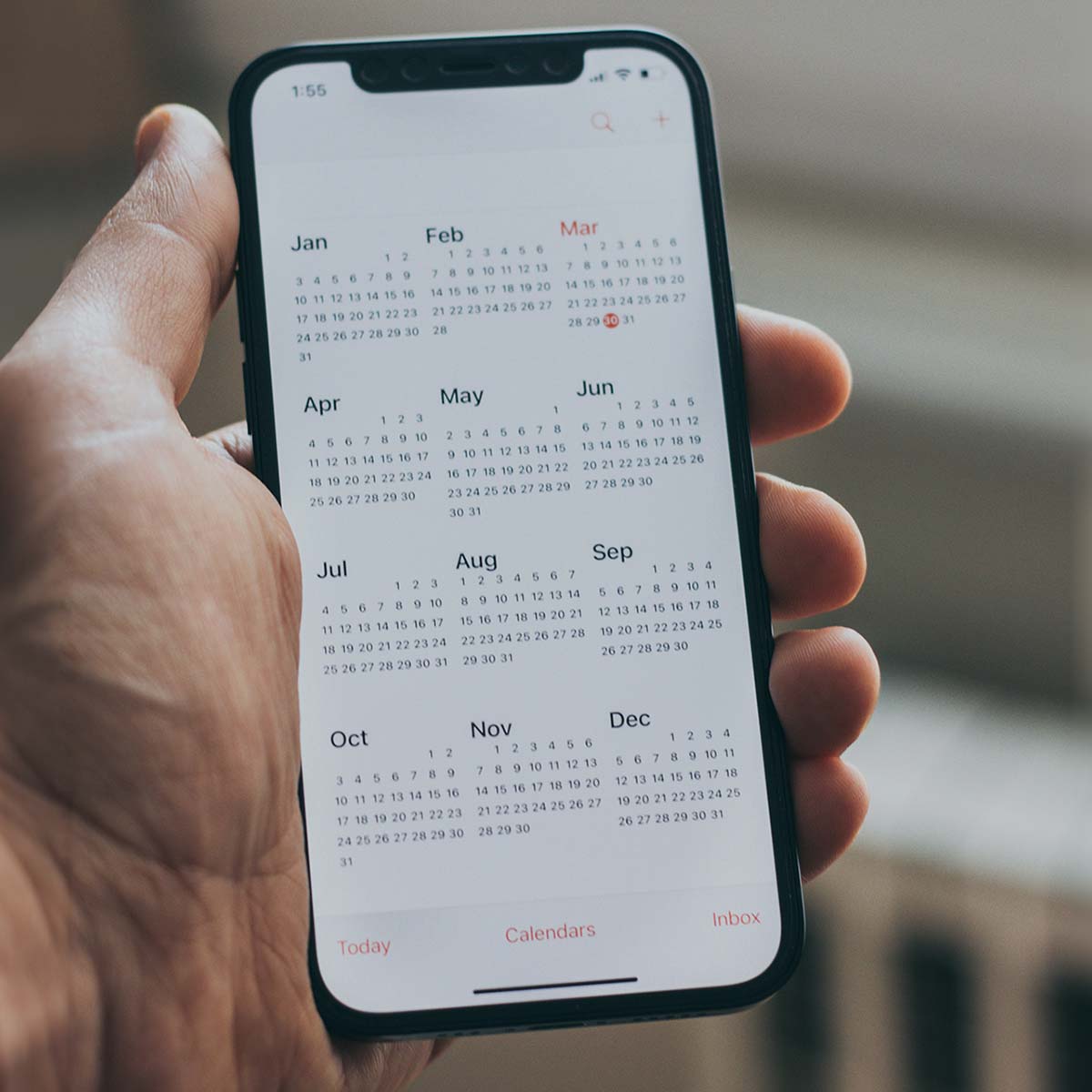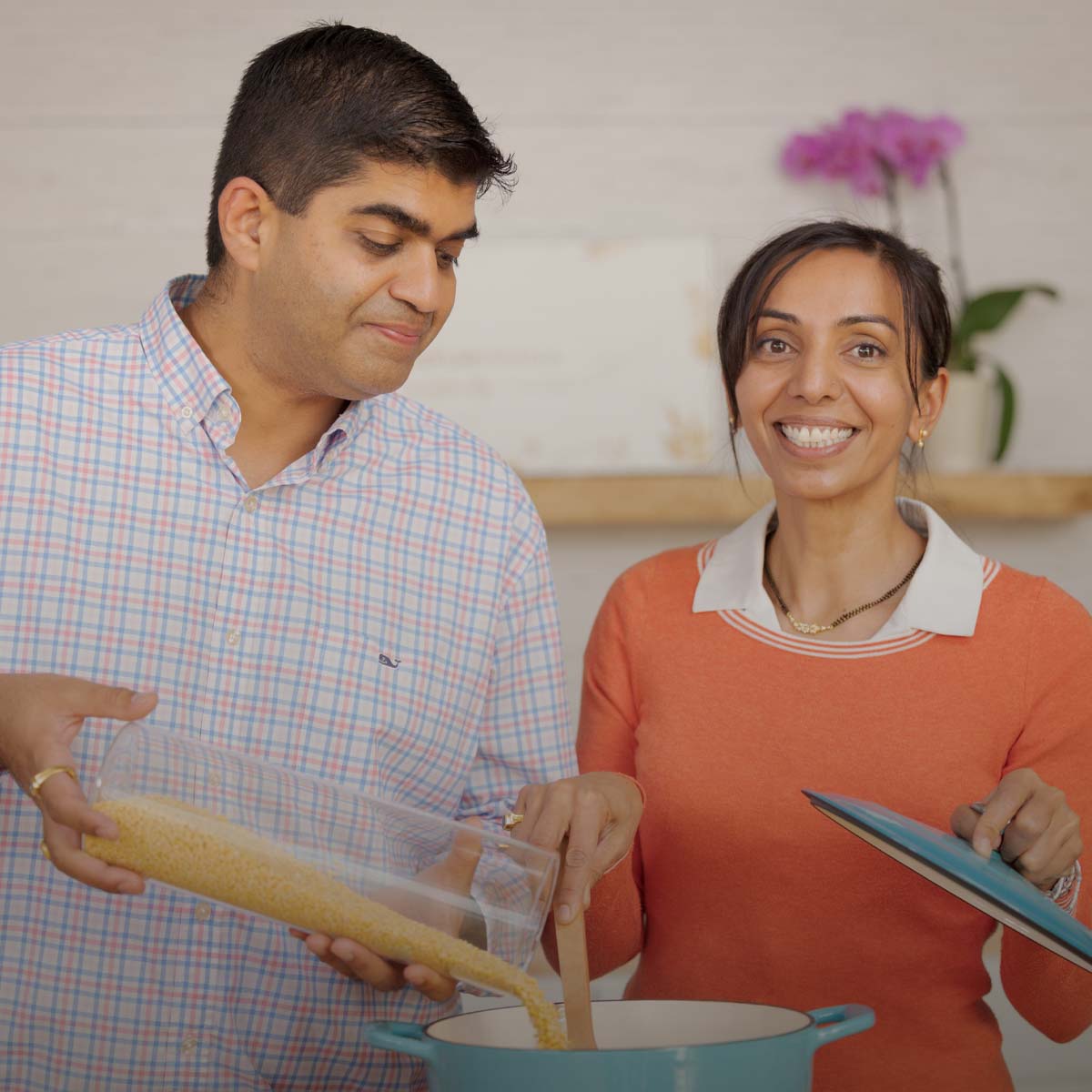With the endless stream of meetings, appointments, errands, and responsibilities that make up our daily lives in the modern world — is it really any wonder that many of us take our breath for granted?
Breath is, quite obviously, the foundation of our life.
It’s what keeps us moving and grooving through all the challenging, rewarding, transforming experiences that life throws at us. It’s what makes it possible for us to be there for that meeting, appointment, or errand, and yet when we’re there, we often don’t notice our breathing at all.

One thing you probably have noticed, though, is that your breathing happens automatically — or autonomically, if you want to be precise. That’s part of what makes it so easy to forget. Another contributing factor is that all of us here, now, have been breathing for quite some time. Actually, most of us have been breathing since before we can remember!
But we haven’t been running to meetings, going to the grocery store, or driving in rush-hour traffic for our whole lives — that part is pretty new to us as individuals and as a species.
So it makes sense why, when made to choose between focusing on breathing — an autonomic process that happens involuntarily and has been happening, relatively reliably your whole life — and this other stressful, decidedly not-automatic situation that requires your active participation, almost all of us choose to focus on the latter.
It doesn’t have to be one or the other, though. Through pranayama, breath control, we can reverse this habit of not engaging with or even noticing our breath.
We can learn to breathe like babies again.
Wait - why would we want to breathe like babies again? And if breathing happens autonomically, what’s the point of paying attention to it?
Here’s a simple trick to start not only noticing your breath, but noticing the importance of your breath, too. Next time you’re out in traffic, heading to one of those many meetings, appointments, or errands, take note of what happens to your breathing if someone cuts you off. (Or any other equally adrenaline-inducing, unsafe driving maneuver.)
Now, assuming you bookmarked this blog page, got in the car to go somewhere, were cut off in traffic and have since returned to pick up where we left off - tell us, what happened to your breath? How did it change?
When we’re angry, our breath becomes short and rapid.
When we’re anxious, our breath becomes irregular and centered in the upper portion of our lungs.
One of the truly beautiful aspects of this dynamic relationship between your breathing and your feelings, though, is that it goes both ways. As the traffic example elucidates for us, a particular emotional state can alter our natural breathing pattern — through pranayama, we know that particular breathing patterns and exercises can alter emotional states.
Here’s where the baby breathing comes in: have you ever noticed the way a baby’s entire belly and chest will rise and fall when they’re resting? It’s a gentle swelling motion that seems to rock their whole being into a peaceful contentment.
Now, we can’t promise that studying and practicing pranayama will make you feel as pure and sweet as a sleeping baby, but it can get you closer to your own place of peaceful contentment.
Through pranayama, you can strengthen the connection between your body and mind, learn how to utilize your breath to move through difficult emotional states, and, of course, give your physical body all the benefits of having more oxygen flowing.
All it takes is a little bit of practice.
Although practice is always easier said than done — especially if you’re still juggling those aforementioned meetings, appointments, and errands. But if you are ready to bring that subtle yet life changing awareness into your breath, then let’s make it a little bit easier and do it together.
Starting on July 26th, 2021, AyurPrana’s resident pranayama expert Mitesh will be leading a 21-day immersion program appropriately titled Breath of Life.
Daily, guided practices will be complemented by clear, comprehensive instruction each week as all of us, together, spend 21 days building new breathing habits and getting closer and closer to that place of peace and contentment.








